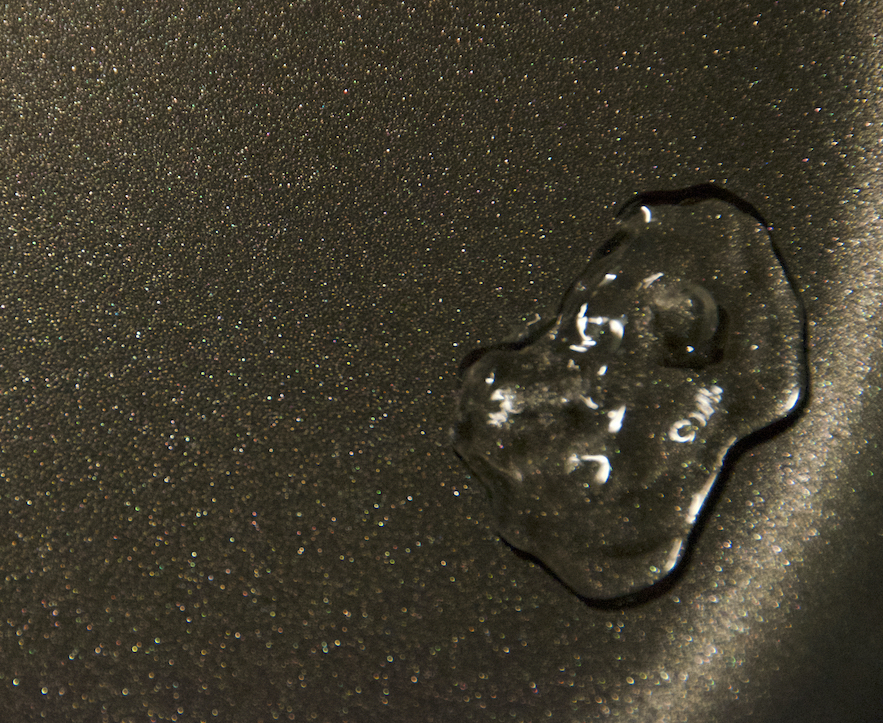Water droplet experiencing Leidenfrost effect
Team Second || Abdullah
Categories
Search for content or authors
Flow Vis Guidebook
- Introduction to the Guidebook
- Overview 1: Phenomena. Why Does It Look Like That?
- Overview 2: Visualization Techniques
- Overview 3: Lighting
- Overview 4 - Photography A: Composition and Studio Workflow
- Overview 4 - Photography B: Cameras
- Overview 4 - Photography C: Lenses - Focal Length
- Overview 4 - Photography C: Lenses - Aperture and DOF
- Overview 4: Photography D: Exposure
- Overview 4 - Photography E - Resolution
- Overview 5 - Post-Processing
- Clouds 1: Names
- Clouds 2: Why Are There Clouds? Lift Mechanism 1: Instability
- Clouds 3: Skew - T and Instability
- Clouds 4: Clouds in Unstable Atmosphere
- Clouds 5: Lift Mechanism 2 - Orographics
- Clouds 6: Lift Mechanism 3 - Weather Systems
- Boundary Techniques - Introduction
- Dye Techniques 1 - Do Not Disturb
- Dye Techniques 2 - High Visibility
- Dye Techniques 3 - Light Emitting Fluids
- Refractive Index Techniques 1: Liquid Surfaces
- Refractive Index Techniques 2: Shadowgraphy and Schlieren
- Particles 1- Physics: Flow and Light
- Particles 2: Aerosols
- Particles 3: In Water
- Particles 4 -Dilute Particle Techniques
- Art and Science
- TOC and Zotpress test
- Photons, Wavelength and Color

6 Comments. Leave new
The Leidenfrost effect is quite cool. I think you guys captured it quite well, and it has been interesting to see your different approaches at similar flow vis techniques. Nice video!
Nice, I hadn’t heard of this effect before. It kind of looks like it is alive and trying to talk!
I like the decision to use the uncolored water for this video, very clean looking.
I love the Leidenfrost effect, it’s a fun phenomenon to watch.
I like the comparisons people made to a sunny-side up egg, the bubble stays around a surprisingly consistent amount
I really love how the camera tracks the one bubble. I think it was a good idea to be able to show the phenomenon this way.